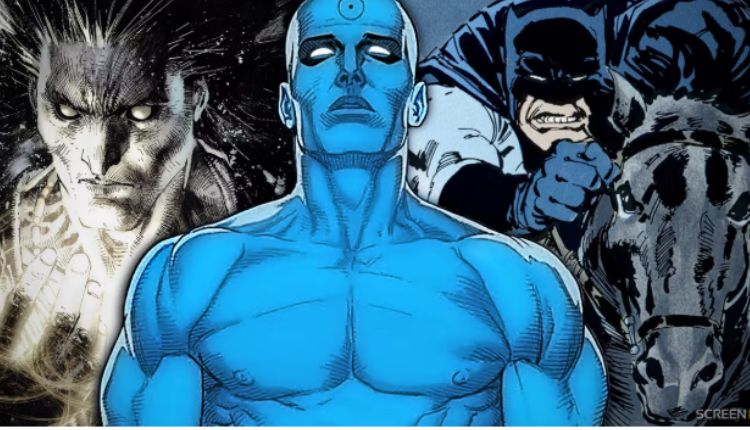The newest temptation within our favorite sub-genres, this one has garnered a devoted fanbase on all of the platforms. In Part 2, you can find out more about its underground roots and the ensuing debates surrounding artistic freedom, morality and how digital distribution impacted the industry.
The Evolution of Comic Pirn
The crossover of comics and content is not a novel concept. In fact, erotic illustrations have been around for centuries, with graphic imagery discovered in ancient cultures (including those of Japan and Rome). CONTROVERSIAL AND HUMOR ISSUETOPICS IN COMIC PIRN: The ancestry of the comic pirn modern (comic pirn in the 2000s through the 2020s), can be traced to the underground comix, movements in the 1960s and 70s, as artists created comic text, which pushed the boundaries of relevance with explicit content. Due to the introduction of digital technology, these comics morphed from paper to online, gaining a larger audience across the world.
The Artistic and Narrative Attraction Comic Pirn
Comic pirn is distinct from content in that it combines narrative with illustrations. Skillful illustrators create detailed characters, compelling narratives and immersive worlds that aren’t just about eroticism. In fact, the genre regularly touches on fantasy, sci-fi, and supernatural themes, providing readers the chance to find stories that could never be translated to live-action rates. Thanks to this creative freedom, comic pirn has become a popular medium for those who want more substance with their content.
The Digital Age and How This is Accessible Comic Pirn
Comic pirn is largely due to the internet. Indie spaces: Online platforms, fan communities, subscription-based services like Patreon and OnlyFans and more have enabled independent artists to connect with audiences unbound by traditional publishing barriers. The genre has also grown with help from social media, which has provided a platform for artists to share teasers, receive feedback and build a fan base.
This has made it easier for fans to enjoy the movie, yet has raised alarms about piracy and copyright infringement. Artists number among those who are suffering – unauthorized distribution of work for Roarsru Archive has the effect of pulling revenue from the hand, crashing creativity. This has led to demands for improvements in digital rights management and enhancements in independent creator support through direct patronage.
Debates of Ethics and Controversies Comic Pirn
Comic pirn is not without controversy, despite its popularity. Some content, critics argue, comes dangerously close to ethical gray areas, prompting questions about consent, fantasy versus reality and the representation of sensitive subjects. Some countries have banned comics completely but others have laws that specifically target comics if they contain certain themes while some make comics illegal for certain age groups.
Supporters, on the other hand, tout artistic freedom and the prerogative of fiction to engage with human. It does so as they assert that the genre offers a safe and consensual outlet for fantasies that would otherwise be unacceptable in real life. This debate, in turn, continues to add tension to the controversial triad of censorship, art, and individual expression.
The Future of Comic Pirn
The genre is being continuously shaped by the evolution of technology. As we move forward in time, the potential for innovative new forms of comic pirn emerges— is AI-generated art the future of comic Would interactivity for comic pirn in the sense of e-books or web comics change how we read comic pirn? And as society becomes more accepting of content, it may gain broader acceptance and legitimacy as an artistic medium thanks to the same technology that art typically doesn’t have.
Comic pirn is, quite simply, more than the erotic spectacles that most people imagine when they think about it—it is a taste of creative freedom, a mixture of fantasy, imagination, and culture. Whether one sees it as a contentious medium or an authentic art form, it is an intriguing and developing industry with a committed public.
The Bottom Lines
The growing popularity of comic is indicative of broader trends in digital content consumption and artistic expression. The industry’s future is both encouraging and uncertain as it faces challenges including piracy, censorship, and ethical issues. What is certain, though, is that comic pirn has found its audience, and it shows no signs of waning.
